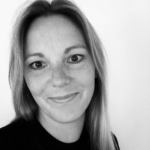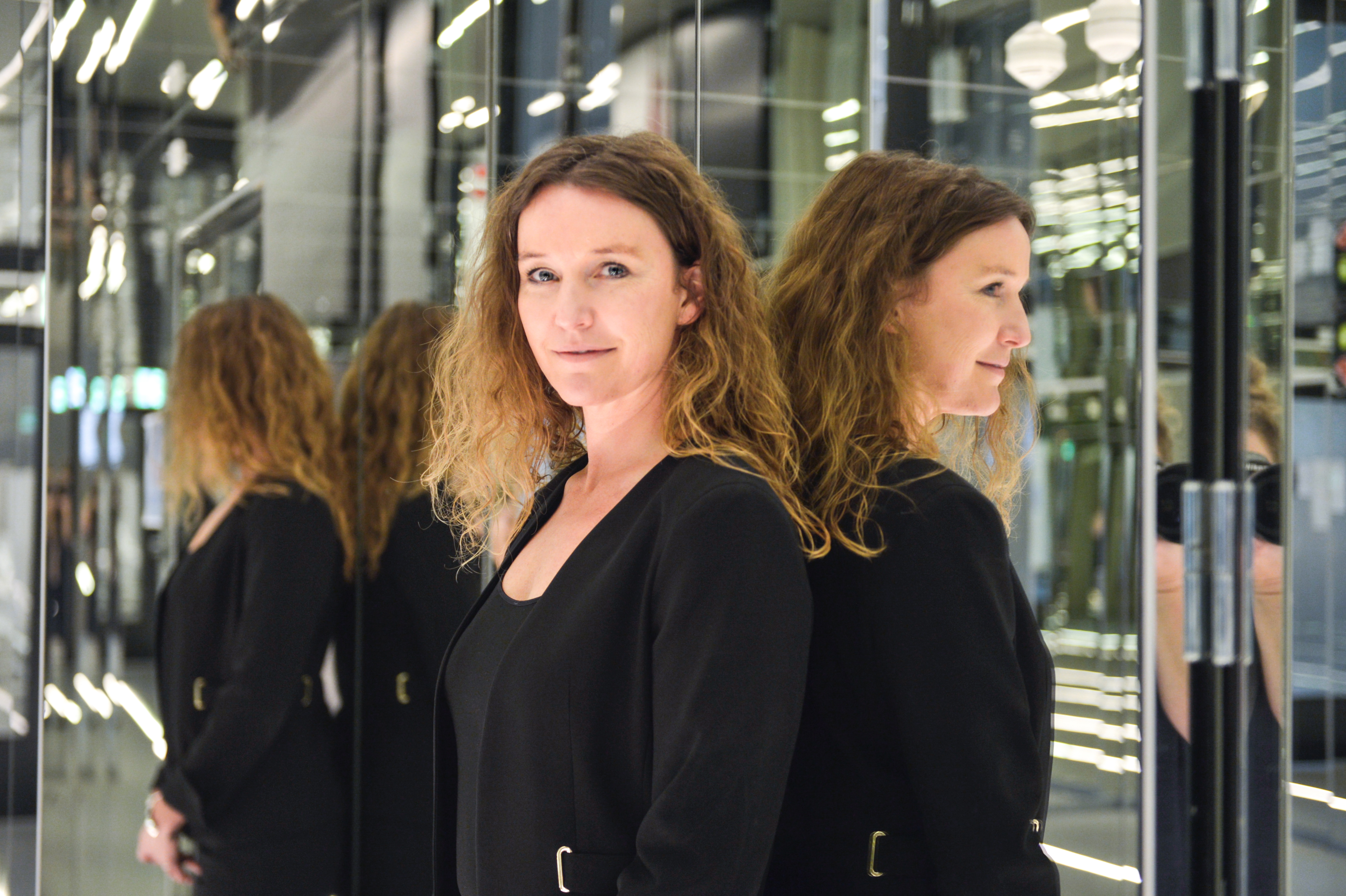 Maiken Hillerup Fogtmann is a Senior Design Manager at LEGO® Education, an EdTech company that provides hands-on STEAM solutions for students and teachers by focusing on boosting student confidence through creativity, collaboration, and critical thinking. Previously, she worked as a Digital Editor at DR (Danish public service television) for the children’s channels, Ramasjang and ULTRA. Maiken has a Ph.D. in Interaction Design from the Aarhus School of Architecture and has a long history of bridging the physical and digital world in compelling, engaging, and fun experiences for kids of all ages.
Maiken Hillerup Fogtmann is a Senior Design Manager at LEGO® Education, an EdTech company that provides hands-on STEAM solutions for students and teachers by focusing on boosting student confidence through creativity, collaboration, and critical thinking. Previously, she worked as a Digital Editor at DR (Danish public service television) for the children’s channels, Ramasjang and ULTRA. Maiken has a Ph.D. in Interaction Design from the Aarhus School of Architecture and has a long history of bridging the physical and digital world in compelling, engaging, and fun experiences for kids of all ages.
Children as role models!
We are facing a rapidly changing future, heavily shaped by technology inventions, robots, and artificial intelligence.
The world is changing faster than ever. What if the rate of change is the slowest, we will ever experience? And if this change is so rapid, how do we keep up and how do we keep learning?
Preparing students for a future full of unknown potential, on the brink of the fourth industrial revolution, means finding and nurturing skills that cannot be replicated by artificial intelligence, robots and computers. Designers and engineers will have a unique role to play as pioneers in critical thinking and problem-solving taking a starting point in creativity and curiosity.
In order to prepare to the future, we must look to those who are creative, curious, and bold. At LEGO Education, children are our role models. Children are constantly exploring, creating, discovering and curious to know more. They are intuitive learners with a hands-on and minds-on approach to life. They learn not because they have to but because it is fun. Driven by their own curiosity, they use play as an innate approach to learning and developing critical life skills.
How can we not only teach children but also let children teach and inspire us?

Lene Tanggaard is Rector at Design School Kolding and Ph.d. and professor in educational psychology. Her research interest centers around creativity and creative learning processes in modern day workplaces and in education. She has been leader of Centre for Qualitative Studies at Aalborg University untill recently and has published extensively in numerous international journal papers and books on qualitative metods, qualitative interviews and creative learning processes. Lene has been advisor for more than 20 PhD-students, and she has been chairing national committees in educational reform processes. She serves as board member in several organisations.
Inspiring hope – design education in the future
In this presentation, I will talk about my vision for design education in the future. To me, it is a matter of inspiring hope and turn design education into a mode of creative inquiry.
”We’re not afraid to work with small problems, and we believe in small changes”. This was one of the first statements I encountered as the new rector at Design School Kolding in November 2019. It came from Vibeke Riisberg, our senior and very experienced designer and researcher. The sentence came up as we were walking the streets of New York on our way to a symposium on SDG12 and sustainability in design arranged by the Danish Council.
For many reasons, what Vibeke said keeps coming back to me. The most important reason is that it reminds me of values I have to uphold as the school’s new rector – but more than that, it sheds light on something I sincerely believe to be true: That small changes can be powerful indeed and one of the best ways to empower people to be creative.
Design education brings together science, art, everyday problemsolving and aesthetics. Already in 1735, 21-year-old German philosopher Alexander Baumgarten proposed an entirely new science called aesthetics. The science should not be about what we know (ponta), but about what we sense. And it is based on this science that we came to build art schools and universities. Aesthetics, or art thinking, deals with our ’unknown knowns’. The knowledge we can access through our senses, our cognito sensitiva. This is a knowledge that cannot necessarily be translated into sophisticated sentences. In fact, it’s often quite chaotic and potato-like. Art is a way of creating the world. In a design school we’re able to actively process some of this obscure knowledge. Using design we’re able to ideally move towards more freedom for people, organisms and the Planet (and let’s by all means include all the other planets as well). Sensuously, chaotically and potato-like. This is why we’re allowed to be somewhat of a hullabaloo place. In fact, that’s our job. Isn’t that great?
So how can we go about this? We can inspire hope, We must dare to be specific, and it must be legitimate to work on small problems. In school and anywhere else. The world is going mad, most likely even more so over time – but right here, in front of me, there’s actually something that I can grab on to and perhaps change for the better. We need to remind one another of this. So yes, designers must change the world, and they will. They will become more qualified and competent than the generations before us. They are already more responsible, they have a more ethical mindset, and perhaps they are even smarter. How educational institutions may follow this lead will be the topic of the presentation.
